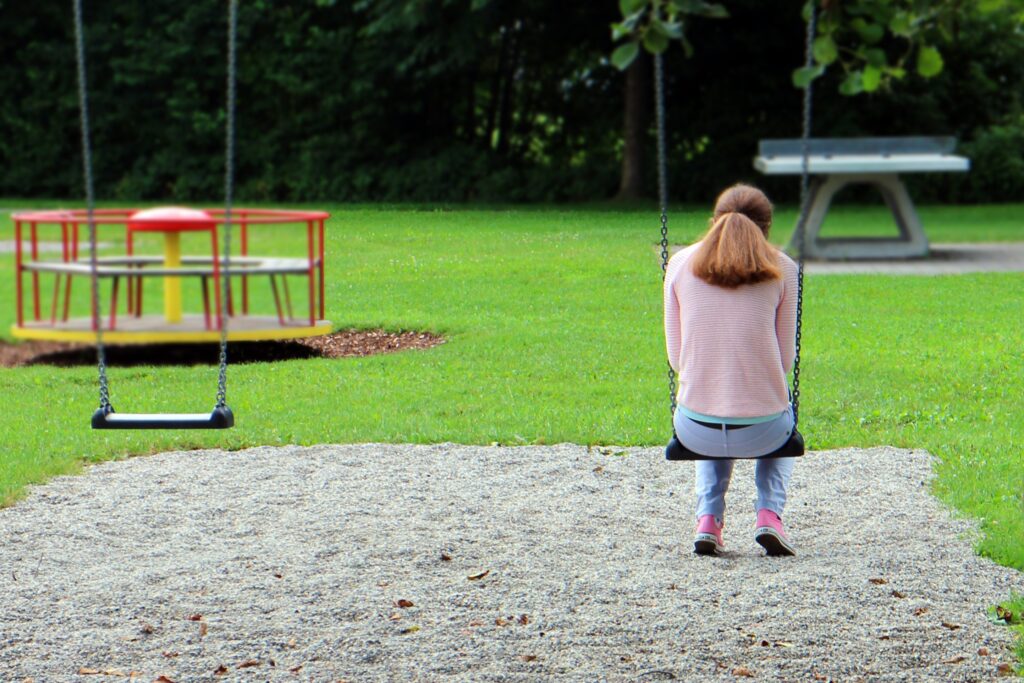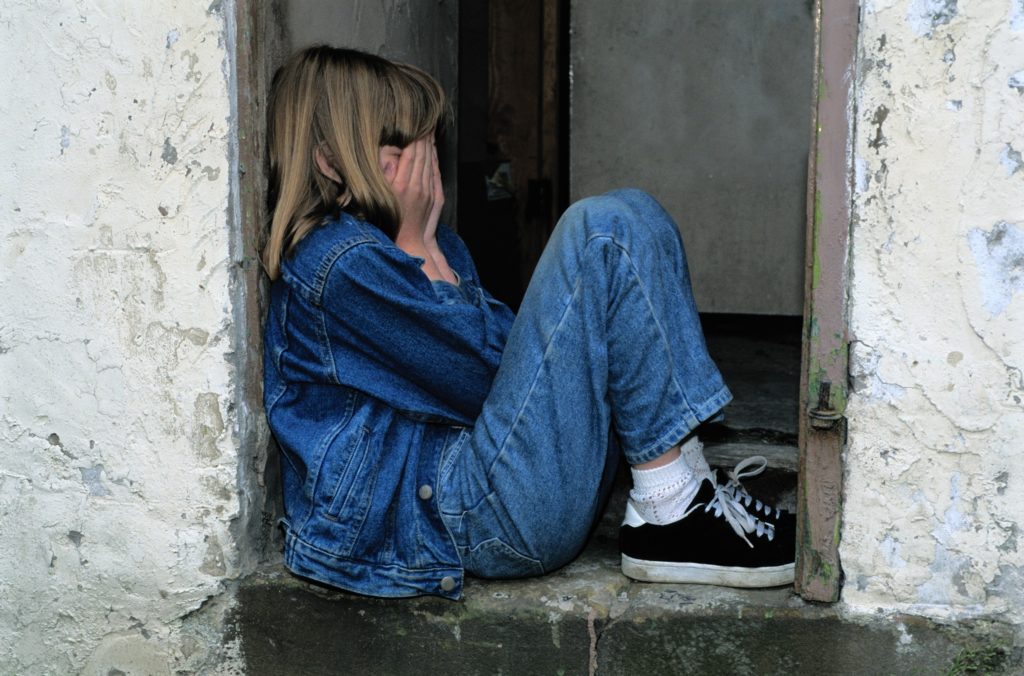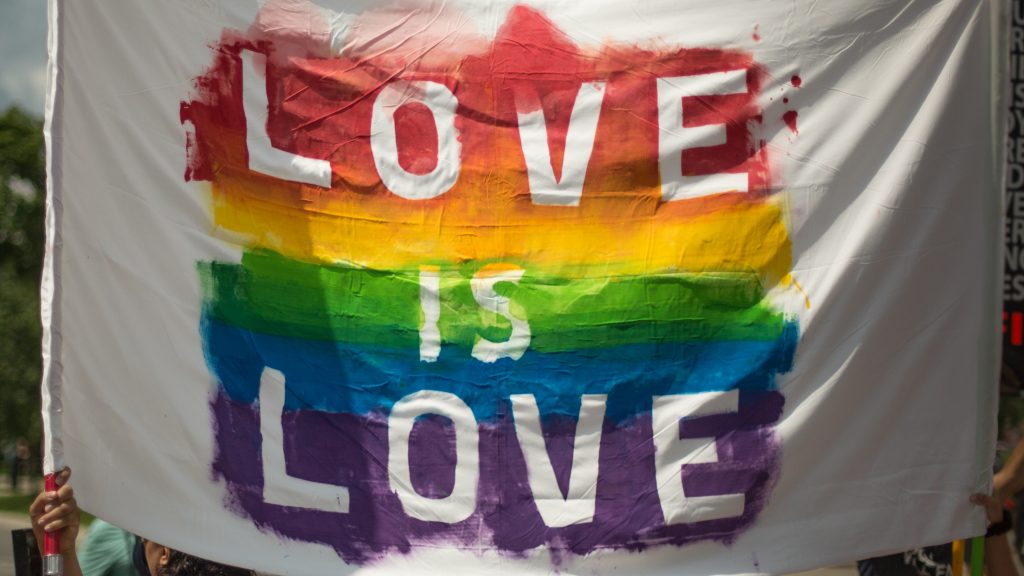How to help a child or teen when they’ve seen inappropriate content.
We all do our best to keep children safe online but there is always a chance for inappropriate images and content to slip through the net. Despite parental controls, passwords and security, a young person can stumble across something that makes them feel upset, worried or scared. Curiosity can also be a driver which can lead to a child clicking on a website that’s geared towards a much older audience. Inappropriate content such as pornographic videos, racial abuse or images of extreme violence are often circulated through group chats and can shock, offend and upset those who receive them.
A Child or Teen Has Seen Something Upsetting – What Do I Do?
It’s never nice to find out your teen has seen something distressing. You may feel concerned, upset or angry. Try to keep your emotions in check while you address the situation and follow these top tips to offer your teenager your full support:
- Offer Comfort
Maintain eye contact to let them know that you’re there to support them. A teen may be feeling anxious about telling you what they’ve seen (potentially because they’ve been looking at a website they shouldn’t have been on) so give credit where it’s due – make it known that you appreciate them telling you what’s happened and that they’re not in trouble.
- Ask Questions
Calmly ask them how they came to see the distressing content. Was it sent to them? Did they click on a strange link? Have they found it whilst exploring mature content? Find out how the image was accessed to help work out how to report it and how to avoid it happening again in the future.
- Explore Their Feelings
Encourage them to talk about how they’re feeling after seeing something so upsetting. Listen to what they have to say and discuss ways to make them feel better. They might find that talking about it is enough to process their feelings and move past it or they may need more time.
- Preventing Future Incidents
Talk to them about staying safe online to reduce the risk of seeing upsetting content in the future. Read our online safety guide here for tips and advice.
Reporting Inappropriate Content
It’s important to report upsetting content to help keep them and others safe online. If the distressing content was viewed on social media, you can click the links below to find out how to report it:
Snapchat https://www.snap.com/en-GB/safety/safety-center
Facebook https://www.facebook.com/help/263149623790594/
YouTube https://www.youtube.com/intl/en-GB/howyoutubeworks/policies/community-guidelines/
TikTok https://support.tiktok.com/en
Instagram https://help.instagram.com/372161259539444
Twitter https://help.twitter.com/en/rules-and-policies/twitter-report-violation
If the child saw something upsetting or worrying on a website, you can use this link to find the right people to report it to. https://saferinternet.org.uk/guide-and-resource/need-help
Grooming, hate crimes, child abuse, online terrorism and racial bullying are all examples of illegal online behaviour and should be reported.
Getting More Help
If a child needs additional support after being exposed to distressing content, you can encourage your child to speak to Childline on 0800 11 11. You can also find advice on how to move on after seeing distressing content online here.








